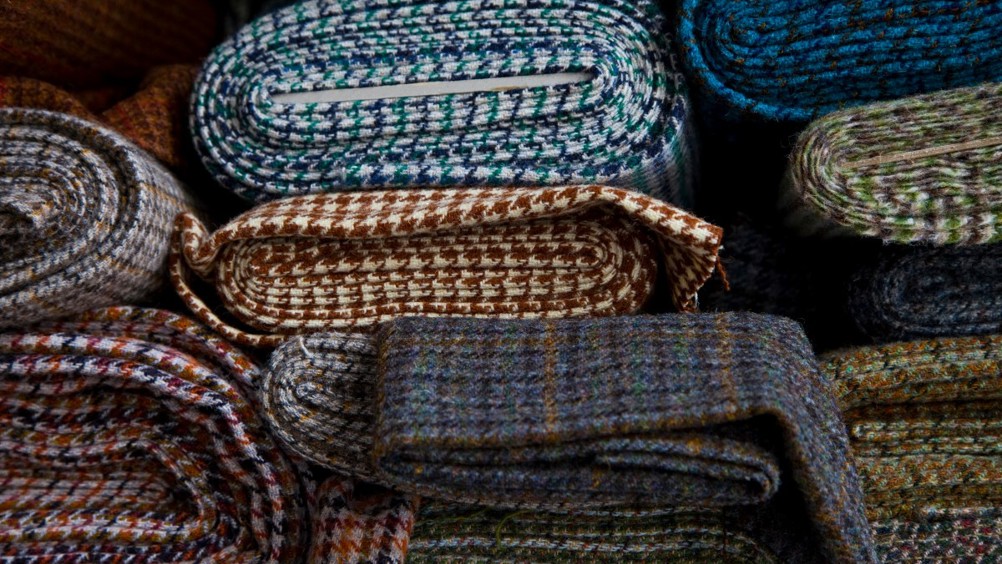Harris Tweed adopts additive to avert looming crisis
Scotland’s famous Harris Tweed industry is looking to 3D printing and additive techniques to keep its heritage weaving machines in operation.

Protected by law, Harris Tweed can only be handwoven in the homes of weavers across the Outer Hebrides using traditional looms. But replacing parts on the loom can be difficult, with weavers waiting up to six months for niche components and sometimes resorting to loom modifications to keep their machines running.
In search of a solution, The Harris Tweed Loom Spares Co. has partnered with the National Manufacturing Institute Scotland (NMIS) to create a new loom assembly design that incorporates 3D-printed parts. Since each loom has been individually modified over time, developing universal components is a challenge. According to the partners, the ultimate goal of the projects is to create adaptable parts that can be easily fitted while retaining the traditional weaving process.
“When a vital part of the loom breaks, it can halt production for weeks, which is incredibly frustrating,” said John Bennie, a Harris Tweed weaver.
Register now to continue reading
Thanks for visiting The Engineer. You’ve now reached your monthly limit of news stories. Register for free to unlock unlimited access to all of our news coverage, as well as premium content including opinion, in-depth features and special reports.
Benefits of registering
-
In-depth insights and coverage of key emerging trends
-
Unrestricted access to special reports throughout the year
-
Daily technology news delivered straight to your inbox










INWED Engineering Profile: Naval Architect Ellie Driver
Not a woman I´d want to cross … oh, that was Elle Driver